Taipei 101 building
Taipei 101 Building, formerly known as Taipei International Financial Center, also known as Taipei 101, Taipei Financial Center, is located in Taipei Xinyi District, Taipei Xinyi District Financial and Trade Zone Center, east of Xinyi Square, north of Xinyi 21 Park, west of Fuji Ocean Travel, south of the Taipei MRT Xinyi Line.
Taipei 101 Building covers an area of 1.53 million square meters, including a 101-storey office tower, a 6-storey commercial podium and a 5-storey underground floor. Each 8-storey building is a structural unit, which is successive and overlapping with each other. The building area is 398,000 square meters.
In 2011, the Taipei 101 building was awarded the LEED platinum certification green building.
In January 1998, the 101 building of Taipei started construction.
In October 2003, the main building of Taipei 101 was completed, and on November 14, the shopping mall of Taipei 101 was officially opened.
In December 31, 2004, the office building of Taipei 101 building was officially opened.
In January 19, 2005, the viewing platform of Taipei 101 building was opened to the public.
The office building of Taipei 101 is a visitor card issuing system with 34 double-decker elevators. Three different operation modes are changed according to the number of passengers in different periods.
Full double-deck operation: in rush hours, such as on, off work and lunch, the upper elevator stops on even floors, the lower elevator stops on odd floors;
Semi-double-deck operation: generally used in non-rush hours, all floors can be parked, the upper elevator parked below the lower floor, the lower elevator parked below the lower floor;
Single layer operation: suitable for late night and idle time. The upper elevator is shut down and the lower elevator stops at all floors.
There are smoking rooms and building management offices on the 35th floor, International Conference Center on the 36th floor, rental Offices on the 59th and 60th floors, management headquarters - Taipei Finance Building Co., Ltd. and multi-functional venues on the 84th floor.
Taipei 101 building is mainly planned by Taipei Finance Building Co., Ltd. and designed by architects Li Zuyuan and Wang Chongping. The design unit is digital 8. Each eight-storey building is a structural unit with an inclination of 7 degrees in the building plane. It is connected with each other and overlapped by layers to form a whole. The exterior is a multi-section structure, which achieves the effect of disaster prevention and wind prevention. As a result, every 8 floors form a group of self-made space, which dissolves the wind field effect caused by the air flow on the ground caused by high-rise buildings, and is separated by greening planting areas. The walls are transparent and heat-insulating curtain glass.
The foundation piles of Taipei 101 building are composed of 382 reinforced concrete columns and 8 reinforced concrete columns. Tuned mass dampers are installed in the building to achieve the effect of earthquake prevention.
Exterior wall lighting will be used on special festivals, featuring festivals and festivals as the theme to display special words or graphics on the exterior wall; Taipei 101 Building fireworks display device, with different Festival subjects, will be used to display skyscraper-style fireworks.
From December 31st to January 1st of next year, the 101 building of Taipei conducts fireworks activities as the theme.
The annual 101 Taipei international high rise event is held every year.
In December 31, 2004, the 101 building of Taipei held the opening ceremony of the building.
On December 25, 2004, Alain Robert of France successfully completed the challenge of climbing Taipei 101.
In November 11, 2005 and May, the concert was held on the 91 floor outdoor viewing platform of Taipei 101 building.
On December 11, 2007, Baumgartner, an Austrian, successfully parachuted 40,000 meters from an open-air observation deck on the 91st floor of Taipei 101 Building.
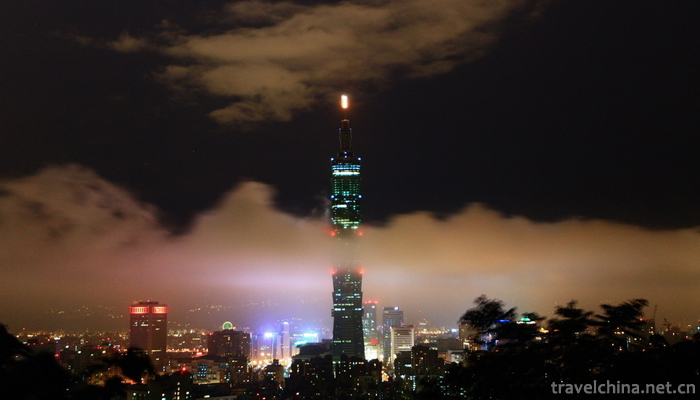
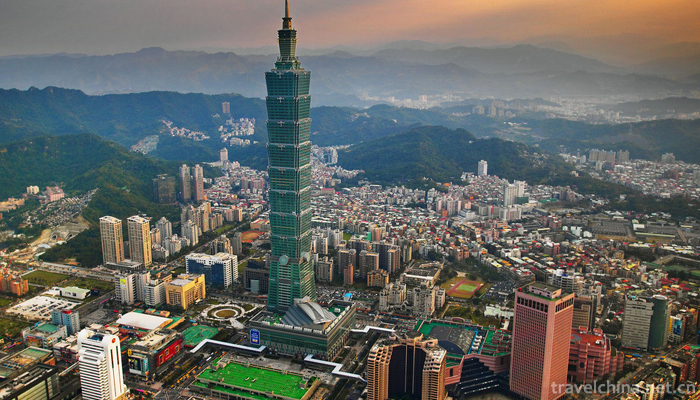
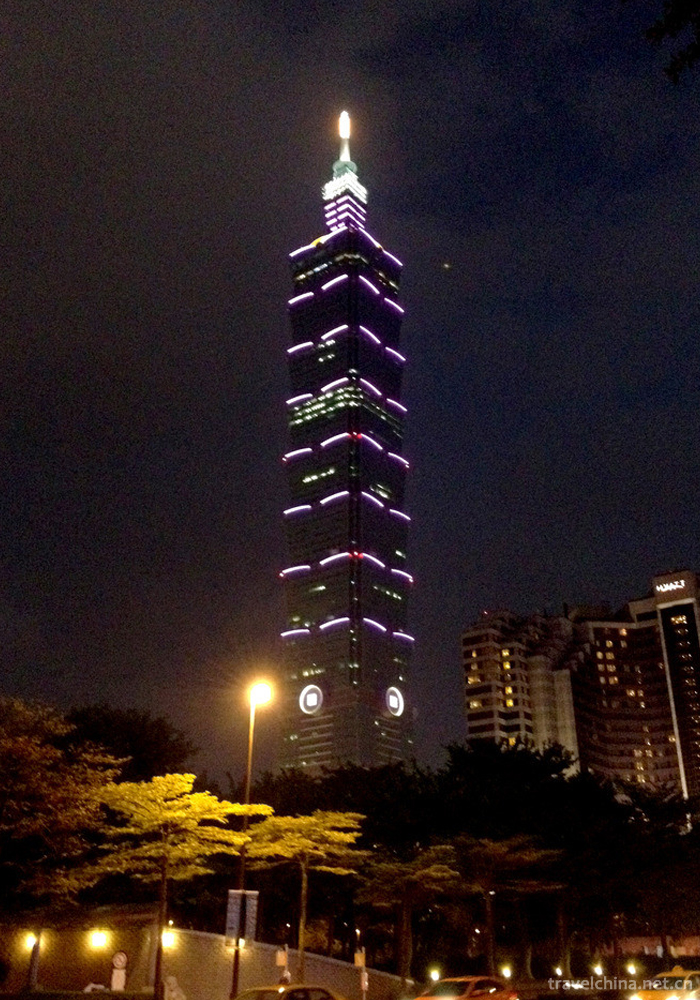
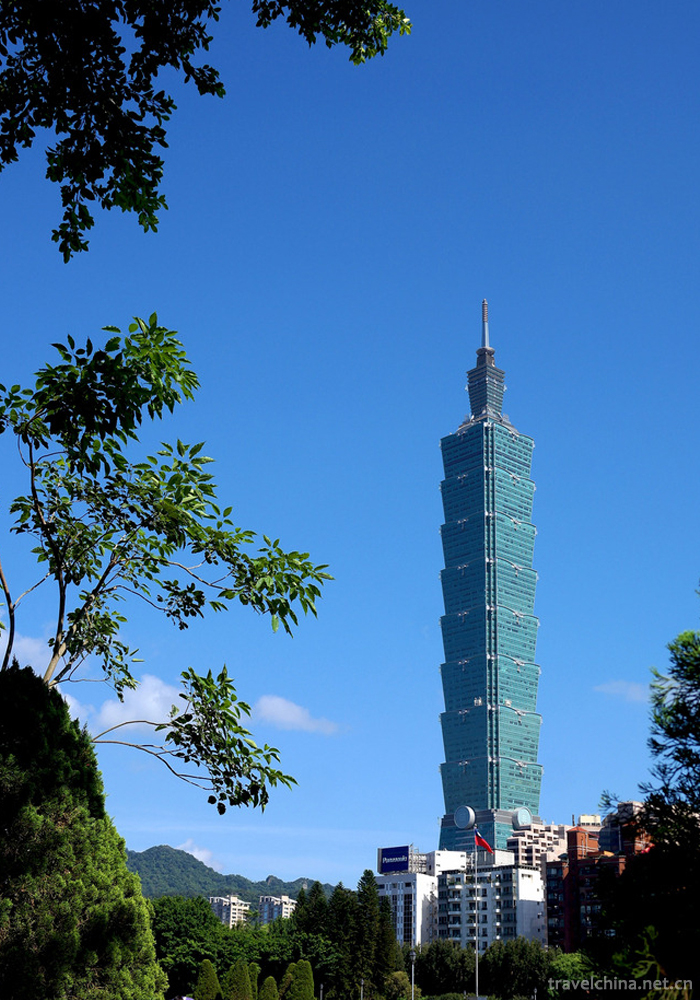
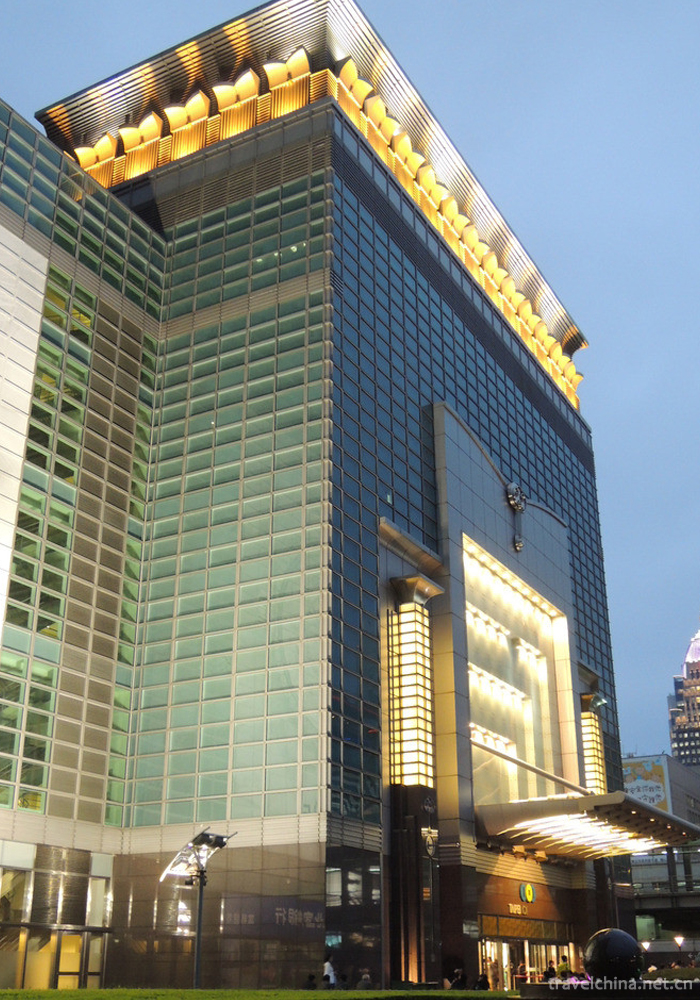


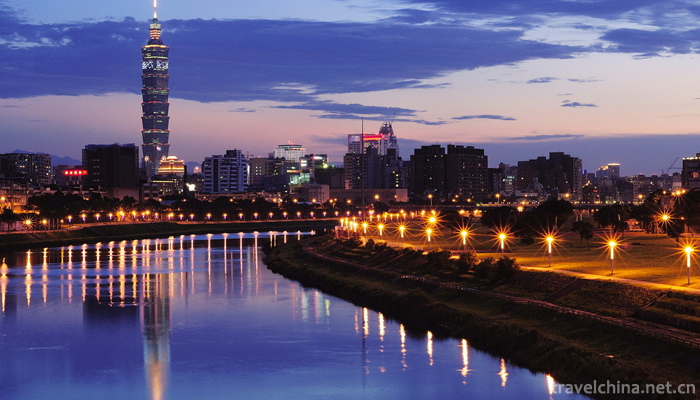
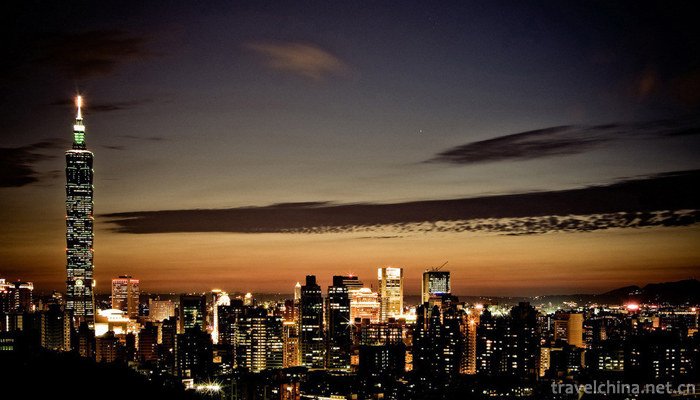
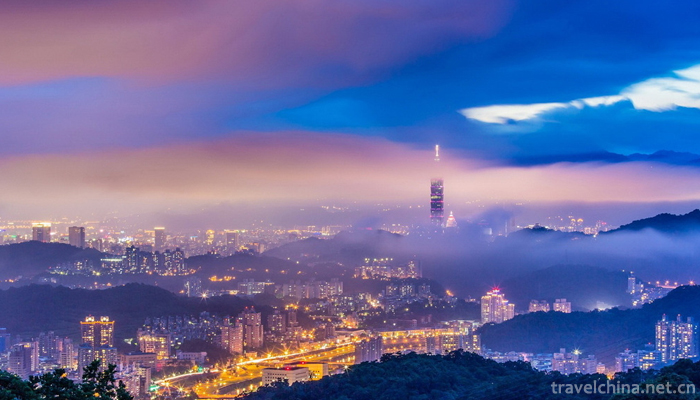
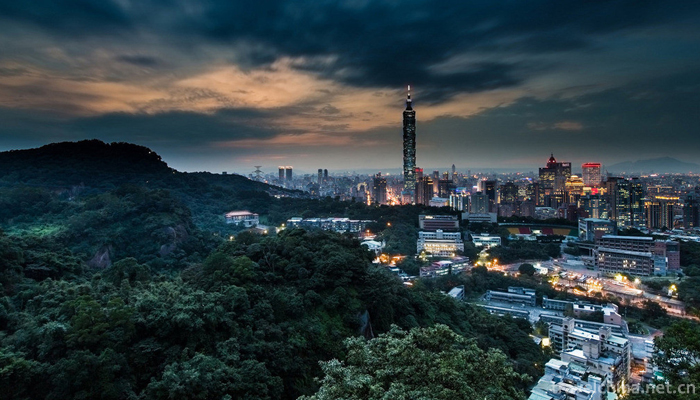
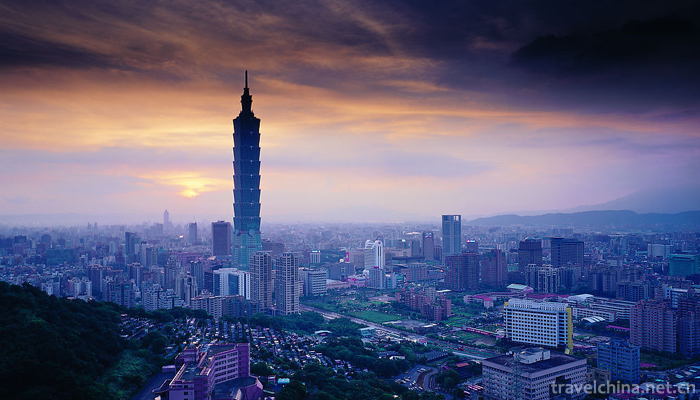
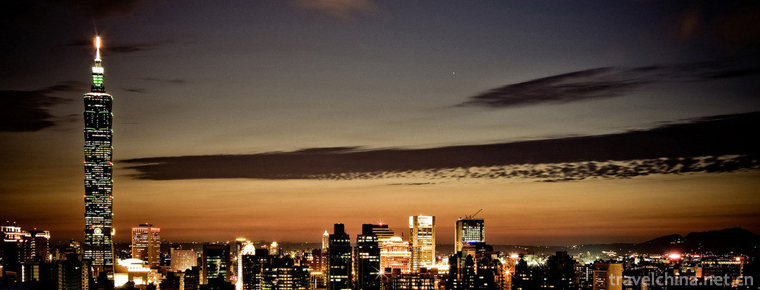
-
2.Taierzhuang Ancient Town
Taierzhuang Ancient City, located at the center of the Beijing-Hangzhou Grand Canal, is located at the junction of Taierzhuang District, Zaozhuang City, Shandong Province
Time 2018-12-08 -
3.Dongjiang Lake Tourist Area Coconut City
Dongjiang Lake Scenic Tourist Area is located in Zixing City, Hunan Province. It is a national scenic spot, a national 5A scenic spot and a national wetland park.
Time 2018-12-12 -
4.Expo Area of Acient Kiln Folk Cultures in Jingde
Jingdezhen Ancient Kiln Folklore Expo Area, located in Fengshu Mountain and Panlonggang, Changjiang District, Jingdezhen City, Jiangxi Province, covers an area of 83 hectares. It is a cultural tourist
Time 2019-01-12 -
5.yuyuantan park
Yuyuantan Park, AAAA grade scenic spot, is located in Haidian District. East Gate is adjacent to Diaoyutai State Guest House; West to West Third Ring Road is separated from CCTV Tower; South Gate is n
Time 2019-03-08 -
6.Brodo
Buyi Opera, a local traditional drama in Ceheng County, Guizhou Province, is one of the national intangible cultural heritage.
Time 2019-04-04 -
7.Four strands
Four-strand string, also known as four-strand string, two-strand string, five-tune string and five-tune tune tune tune, is one of the ancient traditional local operas in China. It originates from Julu
Time 2019-06-16 -
8.Tajik Water Diversion Festival and Seeding Festival
In Tashkurgan Tajik Autonomous County of Xinjiang, Tajik Water Diversion Festival and Seeding Festival are Tajik agricultural festivals. In Tajik, the sowing Festival is called "Hamozivast"
Time 2019-06-17 -
9.Zao Bang
Zaobao is one of the traditional local operas in Shandong Province. It is mainly popular in Heze, Yuncheng, Liangshan, Juye, Juye, Juancheng and Dingtao. It developed under the influence of local lang
Time 2019-07-16 -
10.Zhongyuan Festival Chao Ren Yulan Winning Club
Chao Ren Yulan Sheng Hui is a traditional folk custom and folk belief activity. The fifteenth day of the seventh lunar month is commonly called "ghost festival" in Hong Kong. It is said that
Time 2019-08-10 -
11.Beijing Forestry University
Beijing Forestry University is a national key university directly under the Ministry of Education and jointly established by the Ministry of Education and the State Forestry and Grassland Administrati
Time 2019-09-06 -
12.Animal resources in Guangan
There are 14 families, 30 species of mammals, 11 orders, 36 families, 115 species of birds, 19 species of reptiles and 10 species of frogs in Guang'an City. The national first-class protected birds include the Tragopan, which is mainly distributed in the forest area of H
Time 2020-12-19